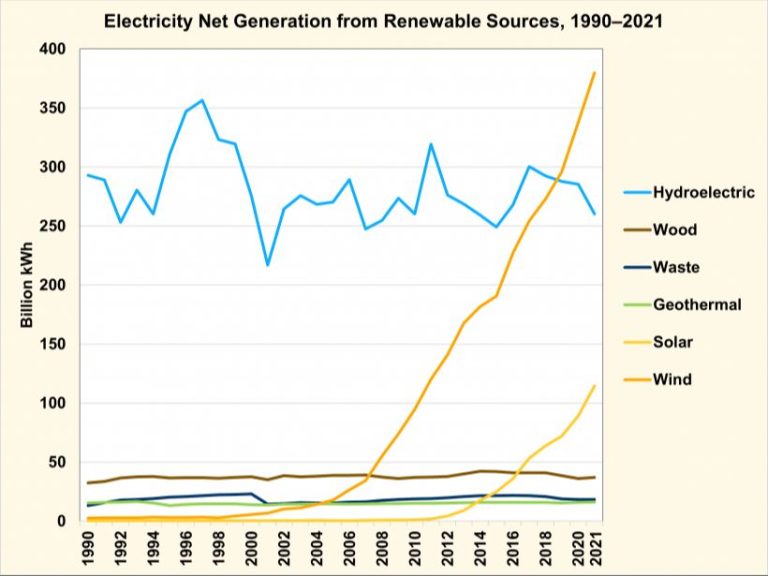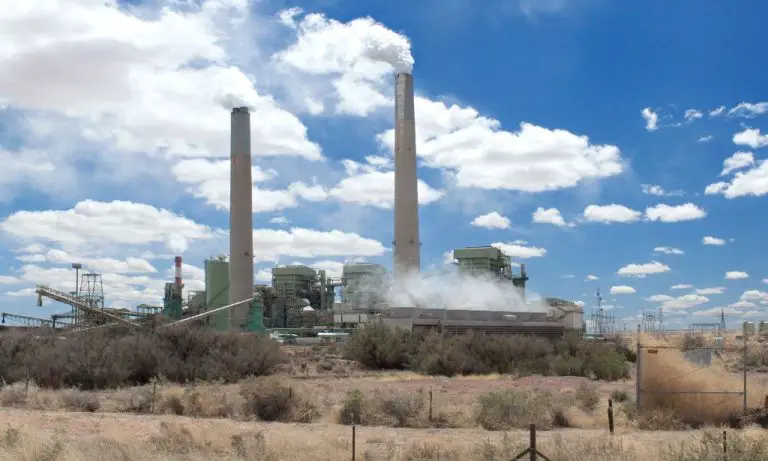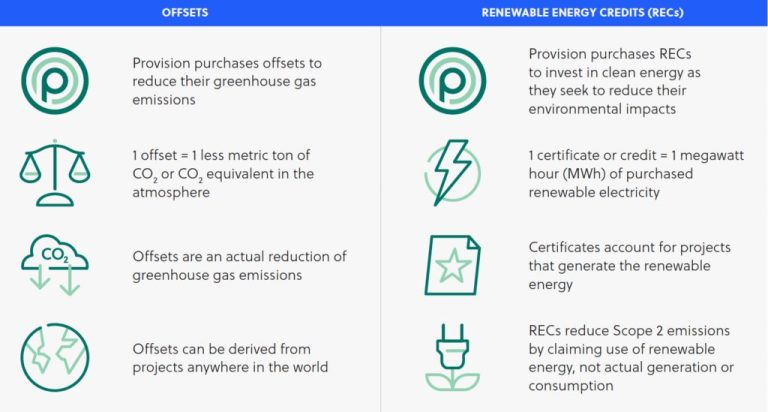What Is Interesting About Carbon?
Unique Properties of Carbon
Carbon is a fascinating element due to its unique chemical properties. Carbon atoms have 4 valence electrons in their outer shell, allowing them to form strong covalent bonds with many other carbon atoms and elements. This is what gives carbon its tetravalent nature – it can form 4 bonds.
Carbon’s ability to bond with itself allows it to form large, complex chains and ring structures. This is the basis for the diversity of organic compounds we see in nature, from sugars, fats, proteins to DNA. Carbon can also readily bond with oxygen, hydrogen, nitrogen and other elements to form over 10 million known carbon compounds.
In addition, carbon bonds are very stable. This stability lends itself to carbon being the backbone of biological molecules, allowing carbon compounds to be durable building blocks of life.
Abundance on Earth
Carbon is one of the most abundant elements on planet Earth. It is a major component of geological formations like coal, limestone, and petroleum. Carbon is also found dissolved in all water bodies and is a key part of the carbon cycle.
In the atmosphere, carbon exists in trace amounts, approximately 0.04% by volume. However, the amount of atmospheric carbon has been rising steadily due to human activities like burning fossil fuels. The increased levels of atmospheric carbon are linked to climate change.
In the Earth’s crust, carbon is estimated to account for approximately 0.2% of the composition by mass. It exists in mineral deposits like graphite, diamonds, and hydrocarbons. Fossil fuel deposits formed from ancient organic matter are a major source of carbon emissions when burned.
Carbon is central to all known lifeforms. Organic carbon compounds form the basic molecules of life like proteins, fats, nucleic acids and carbohydrates. Humans and other animals are composed of 18% carbon by mass. Plants have even higher carbon content at 50% of their composition.
Carbon Cycle
The carbon cycle describes the movement of carbon between different reservoirs on Earth, including the atmosphere, oceans, plant and animal life, soil, rocks, and fossil fuels. Carbon is constantly being exchanged between these reservoirs through various chemical, physical, geological, and biological processes.
Key processes in the carbon cycle include:
- Photosynthesis – Plants absorb CO2 from the atmosphere and convert it into organic compounds.
- Respiration – The reverse of photosynthesis, this process releases CO2 from plants and animals back into the atmosphere.
- Fossil fuel emissions – Burning of coal, oil, and natural gas releases CO2 that was trapped underground for millions of years.
- Ocean-atmosphere exchange – CO2 dissolves into ocean water, oceans release it back into the atmosphere.
- Volcanic eruptions – Releases CO2 from Earth’s interior into the atmosphere.
- Weathering – Chemical breakdown of rocks can remove and trap atmospheric CO2.
- Decomposition – Bacteria and fungi release CO2 as they break down dead organic material.
Understanding the carbon cycle and how human activities are altering it helps scientists model climate change and develop solutions to mitigate it.
Forms of Carbon
Carbon is unique among the elements in that it can form a variety of molecular structures and extended structures. It exhibits allotropy, meaning that it has multiple molecular forms called allotropes. The most well-known allotropes of carbon include diamond, graphite, fullerenes, carbon nanotubes, and graphene.
Diamond is a crystalline form of carbon known for its extreme hardness and high refractive index. The carbon atoms in diamond are arranged in a tetrahedral lattice structure, making it incredibly robust and resistant to scratching or cutting. Diamonds are typically colorless and transparent, and their rarity has resulted in their use as gems and in industrial applications.
Graphite is also crystalline, but has a layered, planar structure. The delocalized electrons between layers are what give graphite its soft, black, opaque properties. These layers also allow graphite to be used as a dry lubricant. Meanwhile, graphene consists of a single layer of graphite, which imbues it with incredible strength, electrical conductivity, and thermal conductivity.
Fullerenes are spherical, hollow molecules of carbon. The most common fullerene is the buckminsterfullerene or “buckyball” which resembles a soccer ball. Fullerenes exhibit unique molecular structures and have applications in lubricants, catalysts, and even pharmaceuticals. Carbon nanotubes are cylindrically shaped fullerene molecules with remarkable tensile strength. Their electrical properties lend them towards uses in nano-electronics and materials science.
Carbon Compounds
Carbon can form millions of compounds due to its ability to form stable covalent bonds with itself and other elements. Carbon compounds can be divided into two broad categories: inorganic and organic.
Inorganic carbon compounds include carbon dioxide (CO2) and carbonates such as calcium carbonate (CaCO3). Carbon dioxide is an important part of the carbon cycle and is produced through respiration and combustion of fossil fuels. Calcium carbonate is a common compound found in rocks and shells.
Organic carbon compounds contain carbon bound to hydrogen. The main classes of organic carbon compounds are hydrocarbons, carbohydrates, proteins, and lipids.
Hydrocarbons contain only carbon and hydrogen, and are the main components of fossil fuels like oil and natural gas. Carbohydrates like glucose and starch are made of carbon, hydrogen, and oxygen. Proteins are large molecules made of carbon, hydrogen, oxygen, and nitrogen. Lipids like fats and oils also contain carbon, hydrogen, and oxygen.
The diversity of organic compounds is essential to all living organisms and gives carbon a unique role in biochemistry and life itself.
Carbon in Industry
Carbon is an incredibly useful element in many industrial applications and manufacturing processes. Some of the major uses of carbon in industry include:
Steelmaking – Carbon is a key ingredient in steel. Adding just the right amount of carbon makes steel stronger and more durable while still retaining its ability to be shaped. The global steel industry relies heavily on carbon.
Fuels – Most fuels used for transportation and energy generation contain carbon. This includes coal, oil, gasoline, diesel, and natural gas. These carbon-rich fossil fuels currently meet the majority of the world’s energy needs.
Polymers – Many plastics and synthetic materials are made of carbon polymers. These versatile carbon-based polymers are found in everything from plastic bottles and food containers to synthetic fabrics and computer components.
Pharmaceuticals – Organic carbon compounds form the building blocks of many life-saving and health-improving pharmaceutical drugs. Key ingredients in thousands of medications derive from carbon.
Electronics – Carbon is used in electronics like batteries, electric motors, and semiconductors. For example, carbon forms graphene, which has unique electrical properties and is used in high-tech applications.
Carbon in Climate
Carbon dioxide is the most prevalent greenhouse gas responsible for climate change. When carbon dioxide is released into the atmosphere from burning fossil fuels, it absorbs and traps heat from the sun. This is known as radiative forcing, as the abundance of carbon dioxide forces heat to remain near the Earth’s surface, causing global temperatures to rise. According to NASA, carbon dioxide levels today are higher than at any point in the past 800,000 years.
The impacts of increased radiative forcing from carbon emissions are already apparent through melting glaciers, rising sea levels, warming oceans, and more extreme weather events. Climate scientists have directly linked the increase in droughts, wildfires, flooding, and hurricanes to heightened concentrations of greenhouse gases like carbon dioxide. Even if carbon emissions were halted today, some of these effects would continue for centuries due to carbon dioxide’s long atmospheric lifetime. Reducing carbon emissions is critical for mitigating the most catastrophic impacts of climate change.
Carbon in Living Organisms
Carbon is essential for all known forms of life due to its unique bonding properties and ability to form complex biomolecules. It is a fundamental building block of biology, making up nearly half of the dry weight of living organisms.
Carbon is the central component of many primary biomolecules, including DNA, RNA, proteins, lipids, hormones, and carbohydrates. Carbon atoms readily bond with other elements like nitrogen, oxygen, phosphorus, and sulfur to form the molecular backbone of life.
In the human body, carbon accounts for 18% of our total body mass. Most of this carbon is found in proteins, lipids, nucleic acids, and carbohydrates that make up our cells, tissues, and organs. For example, carbon forms the structural framework of proteins and the sugar-phosphate backbone of DNA. Without carbon, these essential biomolecules could not exist.
The ability of carbon to form diverse molecules through covalent bonding allows for the tremendous complexity seen in living organisms. The universality of carbon-based biochemistry is a testament to its singular importance for life as we know it on Earth and suggests that carbon would likely be incorporated into extraterrestrial biochemical systems as well.
Carbon in the Universe
Carbon is one of the most abundant elements in the universe and plays a fundamental role in the stars and planets. The story of carbon begins billions of years ago with stellar nucleosynthesis inside stars.
Stars generate energy by fusing hydrogen into helium. As stars age and become red giants, they begin to fuse helium into carbon via the triple-alpha process. This carbon then builds up in the star’s core. Massive stars end their lives in spectacular supernova explosions, dispersing carbon and other heavy elements into space.
This newly-created carbon atoms mixes with gas and dust in the interstellar medium, enriching molecular clouds where new stars and planetary systems form. As a result, carbon becomes incorporated into planets, moons, asteroids, comets and other bodies.
Carbon has been found in the atmospheres of exoplanets around distant stars. The presence of carbon-based molecules like methane in exoplanet atmospheres is considered a possible biosignature and indicator of extraterrestrial life.
Within our own Solar System, carbon is a key constituent of the atmospheres of planets like Venus and Mars. Carbon compounds like methane lakes are found on Saturn’s moon Titan. Carbon is also a primary element in meteorites and space dust.
From its stellar origins to planets and life, carbon weaves an intricate cosmic history spanning billions of light years across the universe.
Carbon Footprint
A carbon footprint is the total greenhouse gas emissions caused directly or indirectly by an individual, organization, event or product. It is measured in units of carbon dioxide equivalent. There are two main types of carbon footprints:
Personal carbon footprint: This measures an individual’s carbon emissions from activities like household energy use, transportation and food choices. Simple everyday actions like driving less or reducing meat intake can lower a person’s carbon footprint.
Organizational carbon footprint: This measures greenhouse gas emissions from all operations across an entire organization, including manufacturing, distribution, supply chain and more. Strategies to reduce an organization’s footprint include energy efficiency measures, renewable energy, sustainable transportation, waste reduction and optimizing processes.
Some ways individuals and organizations can reduce their carbon footprint include:
- Choosing renewable energy sources
- Improving home or facility insulation
- Reducing air travel
- Purchasing carbon offsets
- Telecommuting and virtual meetings
- Choosing climate-friendly foods
- Using public transportation, walking, biking
- Recycling and reusing products
Measuring and reporting carbon footprints helps identify major emission sources and reduction opportunities. Tracking progress year-over-year allows individuals and organizations to demonstrate their commitment to curbing climate change.







